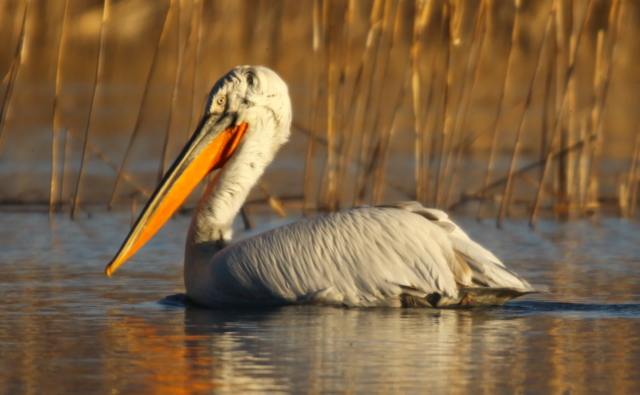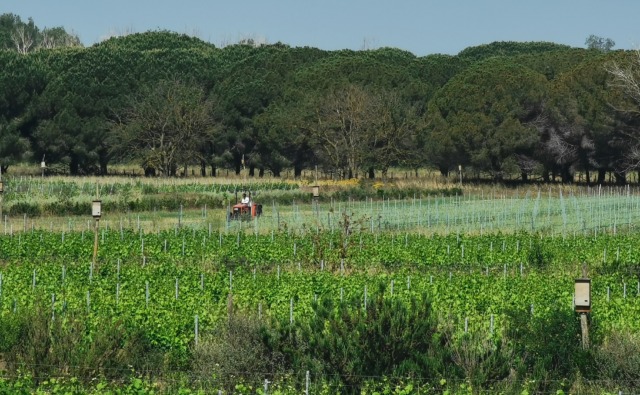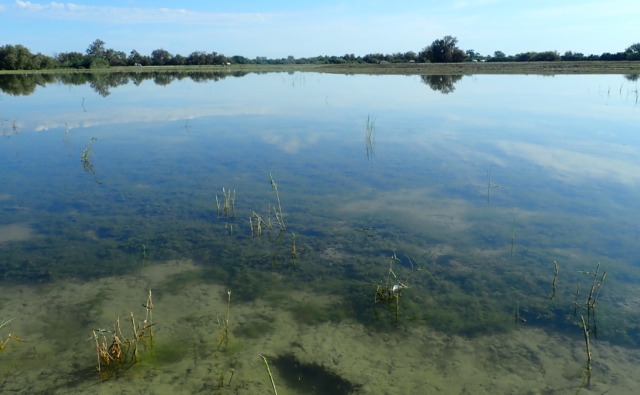The coastal wetlands of the Mediterranean host a high level of species diversity, including many waterbirds. However, a new study published in the journal Conservation Biology warns of the impact of future climate changes on biodiversity in the Mediterranean Basin. By 2100, many wetlands could be submerged by the sea, a change that could lead to the decline of several waterbird species in these regions.
The Mediterranean, an area under pressure from climate change
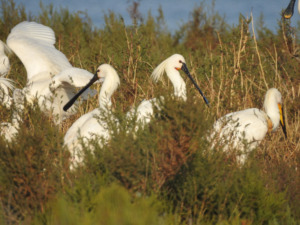
The Mediterranean region is particularly vulnerable to climate change. Coastal wetlands, which are vital habitats for a wide variety of waterbirds as well as fish, amphibians, and other species, are already subject to multiple anthropogenic pressures. About 70% of these habitats have disappeared worldwide since 1900, making them some of the most threatened on the planet. Yet, as well as being home to a vast array of biodiversity, these wetlands play a vital role in regulating floods and droughts and in the natural purification of water.
A new study, coordinated by the Centre d’Écologie et des Sciences de la Conservation (Ecology and Conservation Sciences Centre) at the National Natural History Museum, CNRS, and Sorbonne Université) and the Tour du Valat, has modelled the risk of submergence for 938 coastal sites around the Mediterranean, which are monitored within the International Waterbird Census, according to IPCC scenarios. The results show that more than one third of the sites studied could be submerged by 2100 because of rising sea levels linked to climate change. Tunisia and Libya are home to wetlands that are highly exposed to rising sea levels. In France, the Camargue and the lagoons along the Mediterranean coast are particularly exposed.
Waterbirds directly exposed to rising sea levels
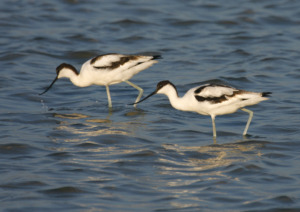
Half of the wetlands studied that are of international importance for waterbirds, and recognised by the Ramsar Convention, could be partially flooded by 2100, even in the most optimistic climate scenario.
These upheavals could have a major impact on certain species of waterbirds that are greatly dependent on coastal lagoons and marshes, such as the Greater Flamingo, the Eurasian Wigeon, and the Pied Avocet, which can be found on many threatened sites.
Anticipating the need to preserve Mediterranean wetlands
Several types of action can be taken to limit the negative impact of rising sea levels. For example, engineering solutions are mainly used to protect coastal socio-economic interests, but are generally unsuitable for protecting natural habitats. Meanwhile, Nature-based Solutions (NbS) provide benefits for humans and biodiversity through the restoration of coastal ecosystems such as dune belts and wetlands. Finally, the retreat strategy, rather than countering marine submersion, seeks to anticipate it and monitor its evolution, but is sometimes impossible to implement in coastal areas with high demographic pressure.
This study highlights the urgent need to implement adaptation strategies to cope with marine submersion. Although, as the authors point out, the model used in the study does not take account of the strategies already in place locally, it does enable the areas most at risk to be identified, and could therefore help local stakeholders to take targeted action to prevent wetlands from being sandwiched between rising sea levels and coastal urban and industrial infrastructure.
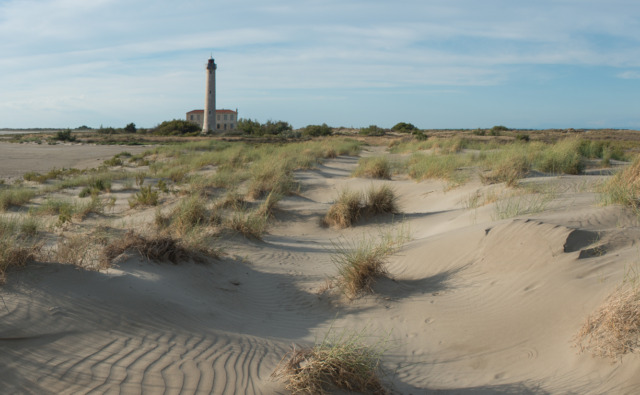
Scientific reference:
Verniest, F., Galewski, T., Boutron, O., Dami, L., Defos du Rau, P., Guelmami, A., Julliard, R., Popoff, N., Suet, M., … & Le Viol, I. (2024). Exposure of wetlands important for nonbreeding waterbirds to sea-level rise in the Mediterranean. Conservation Biology. DOI : https://doi.org/10.1111/cobi.14288
